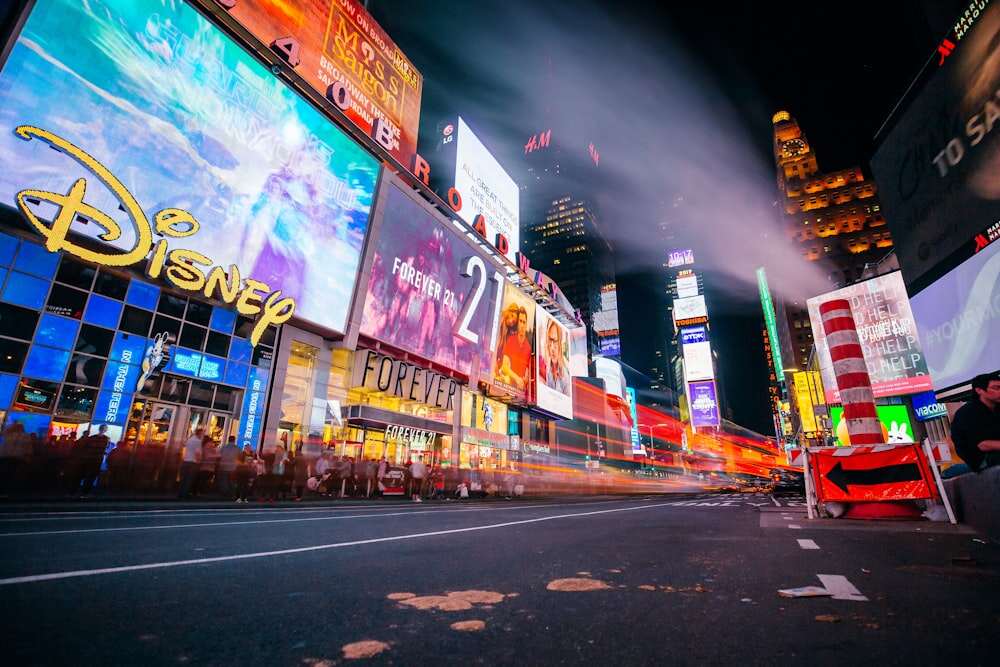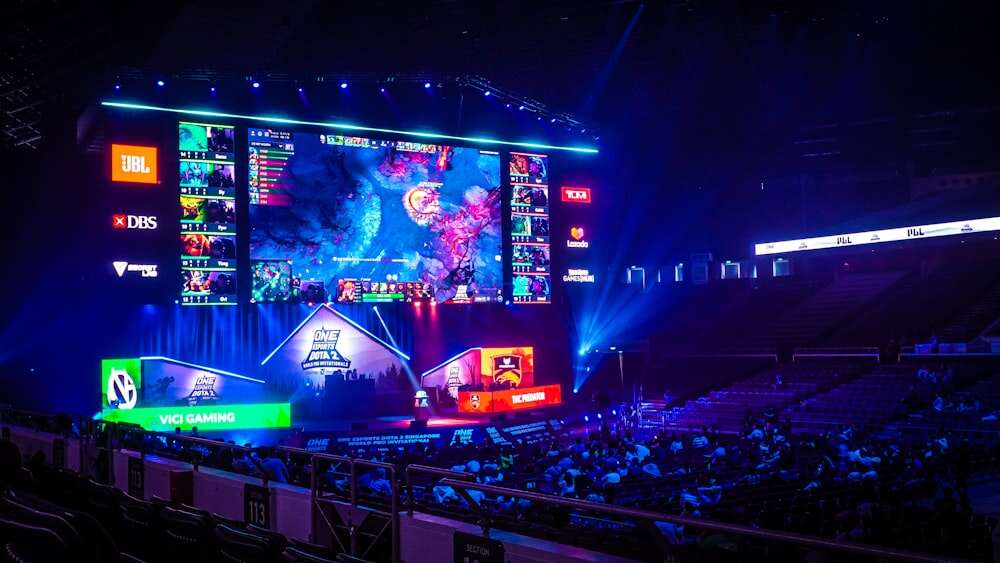In the dynamic world of visual presentation and electronic signboard, LED screens have changed how we communicate and engage with digital content. These modern displays have incomparable brightness, contrast, and power efficiency; hence they are widely used either indoors or outdoors.

LED screens (also called light-emitting diode screens) are made up of several small LEDs (light-emitting diodes) that create a high definition image when put together. These can be small enough for retail display to huge structures found in stadiums and public areas. What follows is the components and characteristics that make up an LED screen:
1. LED Pixels: The base unit of an LED screen is a pixel which contains individual LEDs. In order to fit the intended type of display they can be single-color, dual-color or full color in nature. In full-color LED screens red-green-blue diodes are combined to produce many different colors.
2. Resolution: This refers to the number of pixels contained in an LED screen usually expressed as pixels per square meter (PPM). Higher resolution screens show more clearly images with finer details but may also cost more money.
3. Brightness: One notable feature of these LEDs is their brightness measured in nits. Even under direct sunlight, one can see the screen meaning it is good for outdoor applications.
4. Contrast Ratio: The contrast ratio measures how intense white pixels appear on the screen and how dark black ones do so too. If contrast ratio is high then it means there will be very brighter whites and deeper blacks thus leading to more vivid images.
5. Viewing Angle: With respect to viewing angles, most (if not all) LED screens have wide viewing angles since this implies clear images even if one views from various positions.
6. Energy Efficiency: Traditional display technologies use more electricity compared with those using light emitting diodes which results into saving money while reducing ecological impact respectively through LED technology.
7. Reliability and Longevity: Overheating or reduction in performance does not occur on LED screens thus having them run for longer periods without any risk of getting spoilt thus ensuring reliability over a long period.
8. Interactive Capabilities: Advanced LED screens have touch technology that makes them interactive and useful in educational, commercial, and information-oriented applications.
9. Customization: These displays can be tailored to various shapes and sizes that fit the unique spaces they are intended thereby making them flexible for different settings.
10. Easy Maintenance: Many LED screens have been designed with modular concept so that it’s simple to maintain or replace individual components whenever necessary.
The operation of an LED screen involves a control system which takes care of how the images and videos are displayed. This system may be integrated with software offering scheduling, animation, and interaction with other digital equipment. The control system could also involve hardware like controllers as well as signal conversion devices thus making it compatible with a variety of input sources.

In conclusion, business organizations as well as entertainment places would find great use from LED screens, which represent leading-edge technology providing numerous advantages. They serve as lively platforms for displaying content both outdoors and indoors at the same time being energy efficient having excellent light intensity and customizable features. As technology advances, these displays will probably become even more sophisticated by offering higher resolutions; improved interaction capabilities plus deeper integration into smarter systems.